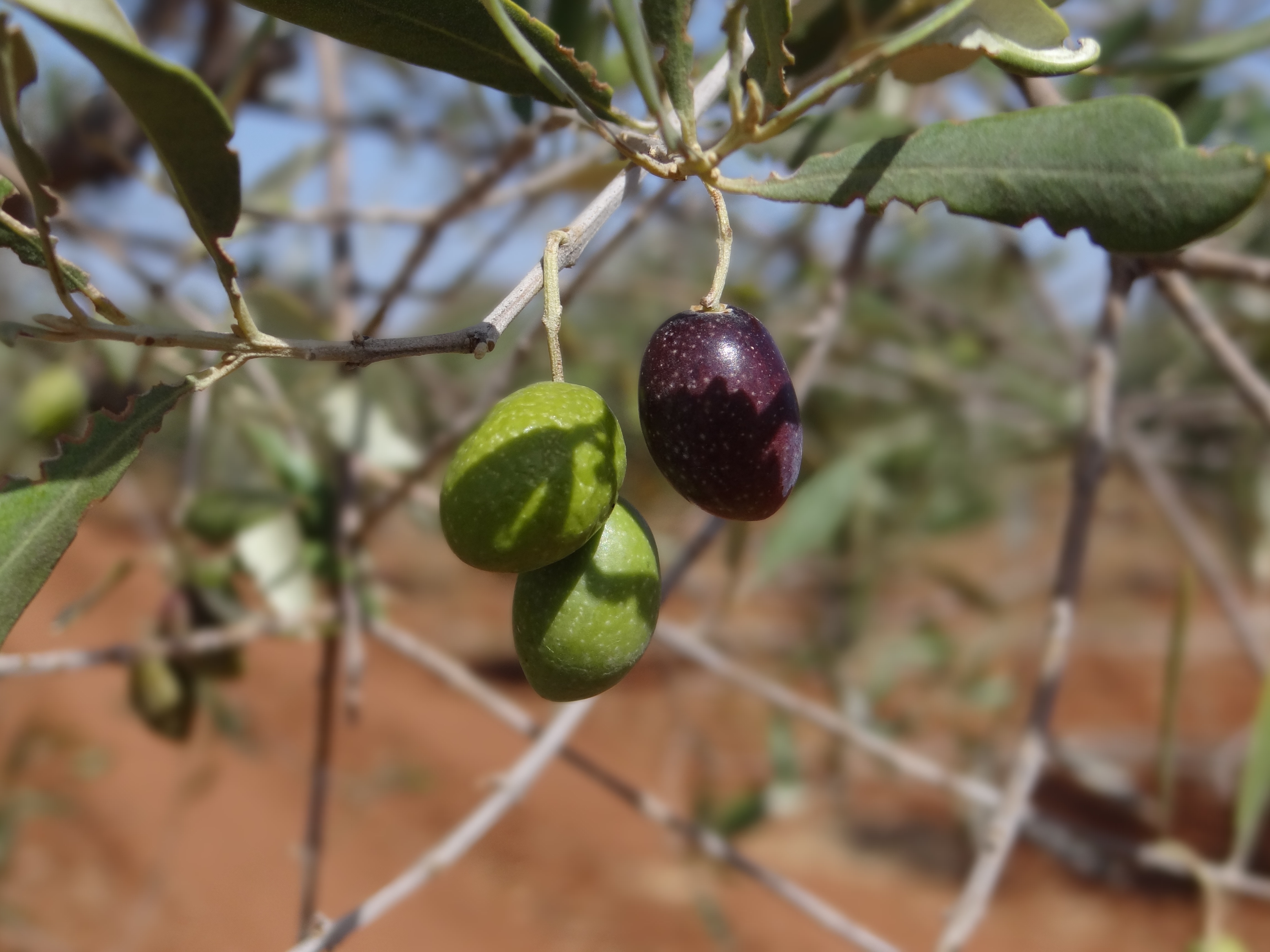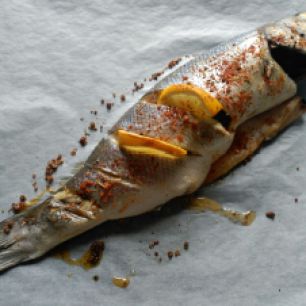
The ‘click’ of an on-line shop allows shoppers to order in a new way, but has moved the consumer one step further away from the farmers and workers who grow and harvest food. Where do these orders end up? How do they connect to the experiences and struggles of farm workers who are ever more invisible at the other end of long supply chains?
I ask this question in relation to one crop, a food that served as a juicy red star of early supermarket adverts on the side of new inner city delivery vans: the cherry tomato. For my PhD fieldwork I learned two languages (French and Moroccan Arabic), and with a working, but far from perfect, knowledge of each, travelled to Southern Morocco where I lived alongside workers who respond to the demands of our daily, weekly or monthly orders for fresh food. These workers, the majority of whom are poor Moroccan women who are internal migrants to the region, plant, pick and pack the majority of tomatoes that are exported to Europe. In a recently published article based on this study, I explore the time imperatives of this export-orientated network bringing us the rosy fruit, at the click of an online order.
The notion of the ‘order’ is interesting. While most conversation in the region of Chtouka Ait Baha in Southern Morocco was in Arabic, certain words, as is the tradition in Moroccan Arabic, remained in French. ‘Demand’ was one of these; ‘le demand’ was the French for ‘order’. This mechanism of connection with the rich world, mediated via algorithms and computer systems in which fresh produce is bought and sold, is not negotiated, but ‘ordered’, or ‘demanded’. The orders are demanded in a just-in-time system where time connections that link us through this system exert daily, yearly and lifelong pressures upon workers in enclaves of production.
The impacts on working conditions follow the demand pressures. Hours of work are established by the requirements of freshness of the crops and the orders from retailers and intermediaries. For example, tomatoes should not stay in storage for more than two days. Therefore, if an order is not complete, workers must stay an extra two hours, perhaps late into the night. This is an inconvenience in any context, but a dangerous one where women workers are vulnerable to harassment and are warned not to be in the streets after dark. I met many frightened women returning from the late shift.
Needed but not valued
Agricultural workers have recently been recognised as ‘essential’. Yet, the way their work is valued remains unchanged. If anything, it has become more hidden with fewer consumers in shops looking closely at labels and asking questions. Across the world agricultural workers are undervalued and underpaid, despite being essential.
In Morocco, agricultural workers’ minimum wages provide a benchmark around which actual wages sit at and below. The legal minimum wage for agriculture is significantly lower than for other ‘industrial’ sectors creating an in-built sectoral discrimination. While industrial workers earn between £8-9 per day, agricultural workers’ wages are set between £5-6 per day. This is a fraction of minimum wages in the UK, and still a fraction of the wages of other low-paid agricultural workers in Southern Europe. This makes the reason for an increasing supply of food from Morocco to the UK and Northern Europe, crystal clear. The work is cheap, and this is assumed to be acceptable whatever the social costs.
Nature, social and reproductive time
It is easy to pose the plight of such workers overseas against those working in the UK. Yet, workers in countries like the UK, have perhaps more in common with workers at the end of long supply chains than is often recognised. In the contemporary context, workers in agri-industrial sectors are pulled by the same multiple imperatives of time. They work within both the disciplinary time logics and pressures of what EP Thompson recognised decades ago as nature’s time (weather, seasons and daylight cycles) and industrial time (regulated by clocks, agreed time-frames and integrated markets), as well as what we must recognise today as ‘social reproductive time’; that time involving domestic and care work, as well as the reproduction of society itself through having and raising the children who become the next generation of workers.
What all these undervalued but ‘essential’ food and farm workers have in common is that they must meet and respond to the ‘orders’ and demands of retailers who stimulate, mediate and rearticulate the demands of consumers. Online orders add a little more distance to a system of production in which invisible time pressures are already one of the crucial connections between workers and consumers.
The online order does not typically provide a country of origin on its fresh fruit and vegetables. So, if you choose a packet of tomatoes online, it will say which countries the food might be sourced from, but often not the one that it was actually produced in. Are these really tomatoes from nowhere? If we understood more about contexts of production, it would be easier to build connection with workers and employers, rather than increasing the layers of invisibility and control behind the order.
This blog was originally published in issue 19 of the Futures of Work online magazine. The original link to this blogpiece is here. The image is the Author’s own.







 As it is valentine’s day, I will start with something very un-politically correct in the post-grad-researcher world. We are naturally expected to complain, over-heat like any over-used computer and more than anything, suffer for our doctorate. Well I defy you culture of suffering, this is fun. On a day of love and emotion, I admit it: I love my PhD.
As it is valentine’s day, I will start with something very un-politically correct in the post-grad-researcher world. We are naturally expected to complain, over-heat like any over-used computer and more than anything, suffer for our doctorate. Well I defy you culture of suffering, this is fun. On a day of love and emotion, I admit it: I love my PhD.

 The proper Spanish lunch is no small or fast affair. It can’t be eaten with one hand, nor at your desk, and it isn’t accompanied by a cappuccino. The Proper Spanish Lunch is composed of two main courses, as much bread as you need, a glass of wine, and dessert. If you also need coffee, you can swap your dessert for one or pay the extra, but don’t assume it’ll come with chocolate sprinkles.
The proper Spanish lunch is no small or fast affair. It can’t be eaten with one hand, nor at your desk, and it isn’t accompanied by a cappuccino. The Proper Spanish Lunch is composed of two main courses, as much bread as you need, a glass of wine, and dessert. If you also need coffee, you can swap your dessert for one or pay the extra, but don’t assume it’ll come with chocolate sprinkles.
